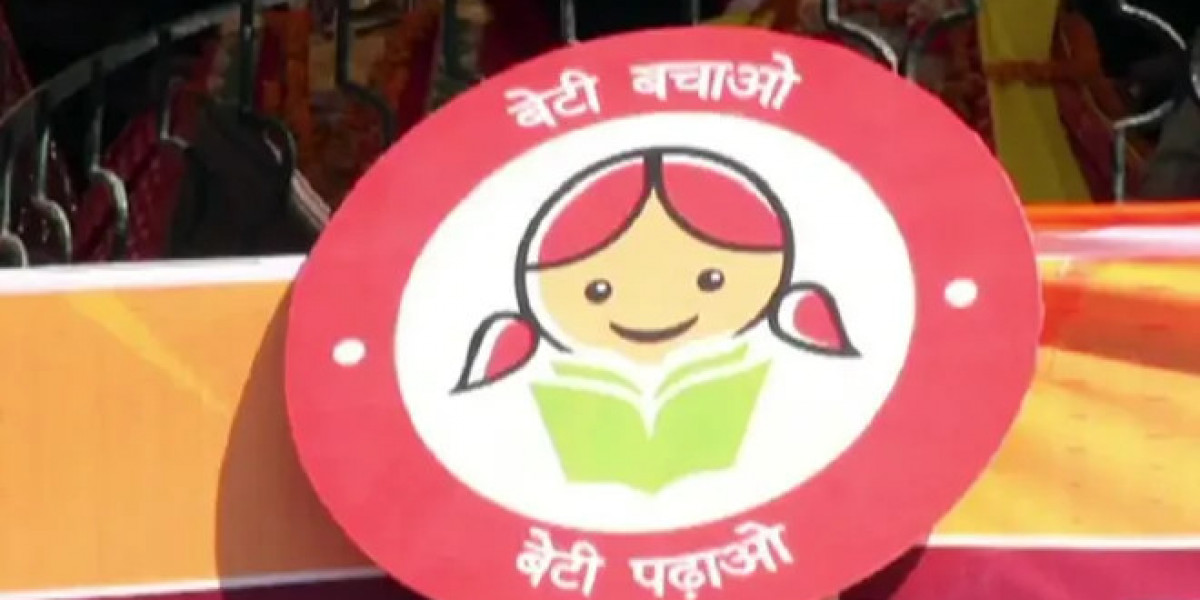The Beti Bachao Beti Padhao (BBBP) scheme, launched in 2015, aims to address critical issues affecting girl children in India, such as gender-biased sex selection, female infanticide, and low literacy rates among girls. This blog assesses the achievements, challenges, and potential improvements in the scheme, which has become a cornerstone of the country’s efforts to promote gender equality.
Key Achievements of Beti Bachao Beti Padhao
Beti Bachao Beti Padhao has played a significant role in raising awareness about gender inequality and improving conditions for girls, especially in states where the child sex ratio (CSR) has historically been unfavourable. By targeting districts with particularly low CSRs, the scheme has driven a nationwide conversation on the value of girls, while also making strides toward improving educational access for them.
Government statistics highlight some success stories: states like Haryana, which once had a skewed sex ratio, have shown improvements since the scheme's implementation. Additionally, the BBBP campaign's extensive media presence has helped shift public attitudes. Across urban and rural settings, communities are increasingly valuing girls’ education and recognising the need to provide equal opportunities for daughters and sons.
Persistent Challenges Hindering Progress
Despite its achievements, the BBBP scheme faces several challenges. A significant portion of the allocated funds has been used for awareness campaigns rather than on-ground interventions. This has led to criticism that BBBP lacks focus on practical measures that directly impact girls' lives, such as providing scholarships, establishing safe learning environments, and addressing structural barriers to education.
Moreover, the scheme has encountered difficulties in effectively reaching rural areas, where gender disparities are often more pronounced. Socio-cultural factors, including traditional mindsets and the prevalence of early marriage, continue to limit educational opportunities for girls. There are also concerns regarding insufficient monitoring and accountability mechanisms, which impact the efficacy of program delivery across various regions.
Future Directions for the Scheme
To enhance the impact of Beti Bachao Beti Padhao, the government could consider increasing funding for education-focused initiatives, such as scholarships and skill-development programs, aimed at empowering girls. Strengthening partnerships with local NGOs could also help the scheme reach underserved communities more effectively. Additionally, a focus on improving digital literacy among girls could align BBBP with the changing educational landscape, particularly in the post-pandemic era.
Conclusion
While Beti Bachao Beti Padhao has made important strides in improving the lives of India’s girls, a renewed focus on practical measures and community engagement could further its impact. For a deeper analysis of the scheme’s progress and future directions, you may visit this site to access comprehensive insights.









